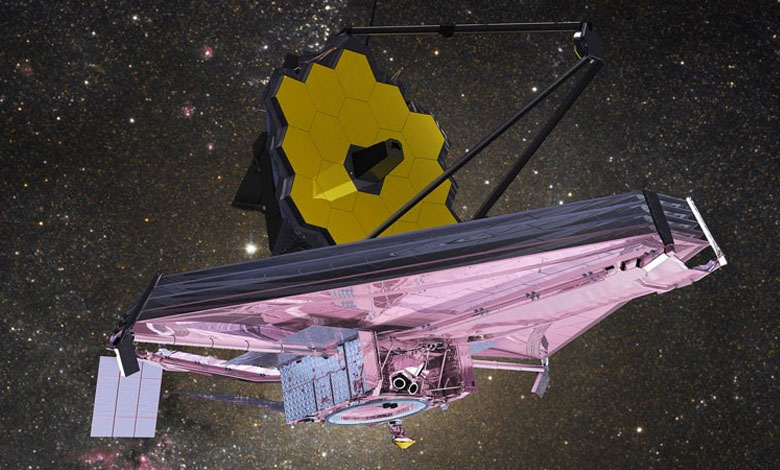The Space Telescope James Webb will observe a planet potentially covered in water

An international team of researchers, custodians of the University of Montreal in Canada, have announced the discovery of a rather special object in the Constellation of the Dragon. They have unearthed a couple of stars there, one of which is accompanied by an exoplanet unlike any other, and they are now going to do their utmost to verify a very interesting hypothesis.
The celestial body in question is about 70% larger than our Earth, but it is not this element that intrigues the researchers. What makes it remarkable is that like our planet, it is located in the habitable zone of its star. It is a space where the planets receive a very precise quantity of energy from their celestial body; the conditions are compatible with the presence of liquid water.
A “real” blue planet?
According to the researchers, it could be an “ocean world”. It is a class of celestial bodies whose surface would be almost entirely covered with a very large amount of liquid water, because their low density can only be explained by a large amount of liquid. Their existence is compatible with all cosmological models, but these objects have never been observed directly.
Technically, they therefore remain theoretical. But, thanks to preliminary observations made using the TESS telescope, specialists have determined that water represents around 30% of the mass of this exoplanet! For comparison, this element represents only 1% of the mass of our “Blue Planet”.
The authors of this work therefore believe that it could well be an “ocean world”. “TOI-1452 b is one of the best candidates for ocean planet status to date”says Charles Cadieux, doctoral student at the University of Montreal. “Its diameter and mass suggest a much lower density than would be expected from a planet made of rock and metal, like Earth”he explains.
And for researchers, this is quite an exciting prospect in many ways. Water is indeed an essential substrate for carbon-based life as we know it on Earth. If there are extraterrestrial life forms that have evolved according to the same pattern, then these planets could be huge breeding grounds where specialists could find new species, or more likely clues to the appearance of life and associated biological processes.
The James Webb to the rescue
The good news is that researchers will be able to look into it in excellent conditions. Indeed, the Dragon is a so-called “circumpolar” constellation. This means that it is visible throughout the year. It is therefore possible to observe it over prolonged periods. This makes it an excellent subject of study, and astronomers will not be deprived of it.
To decide, they will call on the new darling of the discipline, the famous James Webb Space Telescope. The authors have already announced that they will reserve observation time. The objective: to steer this jewel to 10 billion right on TOI-1452 b. Thanks to the proximity of the Dragon constellation and the exceptional performance of the machine, they will most certainly be able to determine whether or not they have indeed made the very first observation of an “ocean world”. All that remains is to wait for a place to become available in the queue for this very popular machine.












